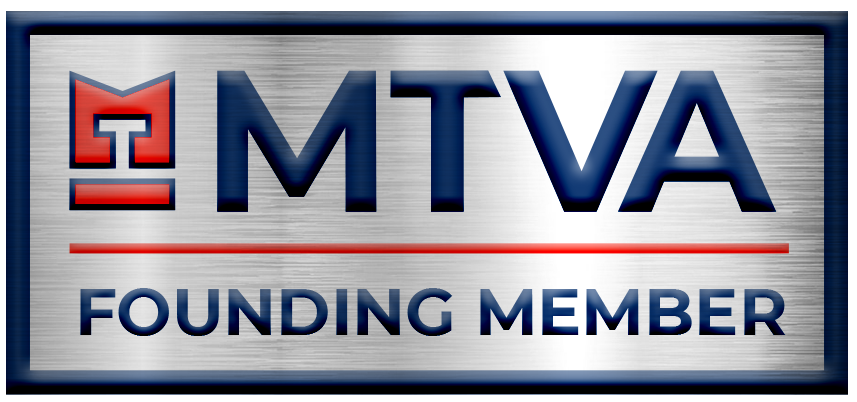7 Essentials for Effective Legal Invoicing

As a law firm owner, you can employ many different strategies to ensure that you bill accurately, efficiently, and honestly. However, to achieve that goal, you must first know how to draft the perfect invoice.
Ideally, you should draft an invoice template for your firm, which is then altered to include relevant client data, as opposed to starting from scratch each time. Not only is this a time-saving measure on behalf of your team, but it also ensures both uniformity and accuracy across the board. For example, it reduces the risk of important information being omitted from the invoice, which could lead to delays in payments and confusion among clients.
With that in mind, here are seven essentials you should include in your legal invoices.
- Client Details.
Invoices should always include the following client-specific information:
- Name (Individual/Business Name)
- Contact Details (Email address, physical address, contact number)
- Firm Details.
Invoices should also include information relating to your own firm, including:
- Company name (or the name of the lawyer/partner working on the case)
- Company contact details
- The invoice date.
Whether you are sending your invoice electronically or on paper, you should include the date somewhere on the document. This makes it easier for you to then chase up late payments, as most clients are expected to pay invoices within a specific time frame.
- A description of services provided.
One of the biggest reasons why a client may pay an invoice late is because they do not understand what they are being billed for. This can be remedied by including a brief synopsis of the work/services rendered. You may also want to include the specific dates on which certain tasks were completed.
- Invoice Fee.
While the invoice fee should be presented clearly on the page, you should also provide your clients with a billing breakdown. For example, you could break the lump sum down into an itemized bill or ensure that the hourly rate of your team is mentioned in the document. If the client paid a retainer, or required to replenish this retainer once a certain balance is reached, it is important to include this as well. This, again, can make it easier for them to understand what they are paying for, ensuring prompt payment.
- Payment Terms.
Whether you’re working with a new client or have a pre-existing relationship with the payee, it’s also crucial that you outline the payment terms in your invoice. For example, you could include information on the amount of interest that is added or penalties charged in the event of delayed payment.
- Payment Options.
Legal invoices should also provide the recipient with information on how this bill can be paid. For example, this could be through your firm’s online payment portal, bank transfer, or bank check- depending on your preferences. Remember, the more options you give, the easier it will be to improve cash flow within your business.
Final Thoughts
When drafting your legal invoice template, it’s crucial that all of the information outlined above is included. This will help you to put your best foot forward and allow for prompt and efficient payments.
If you’re on the lookout for other ways in which you can boost your firm’s financial prospects, please do not hesitate to get in touch today! We have years of experience in legal accounting, meaning we can help you get on the right track before the year’s end.







